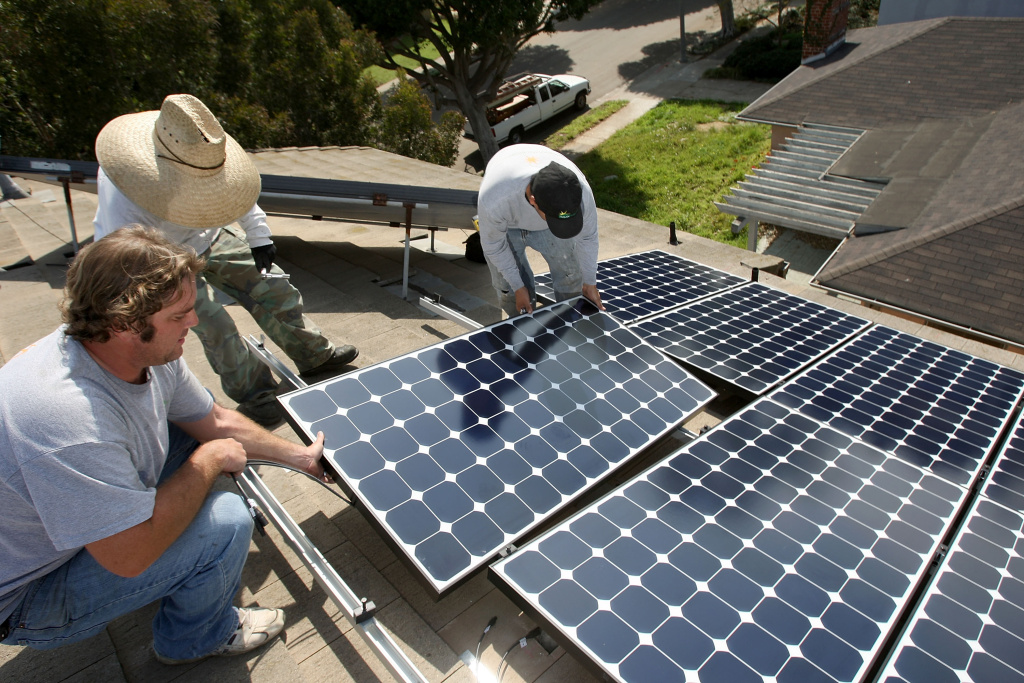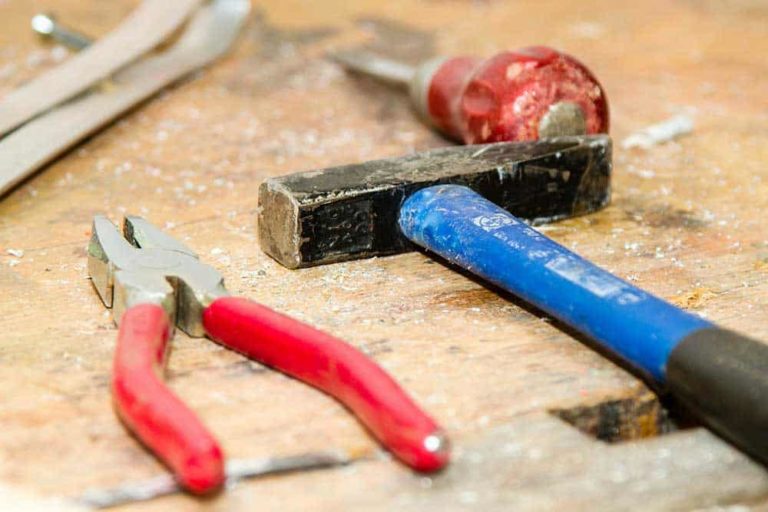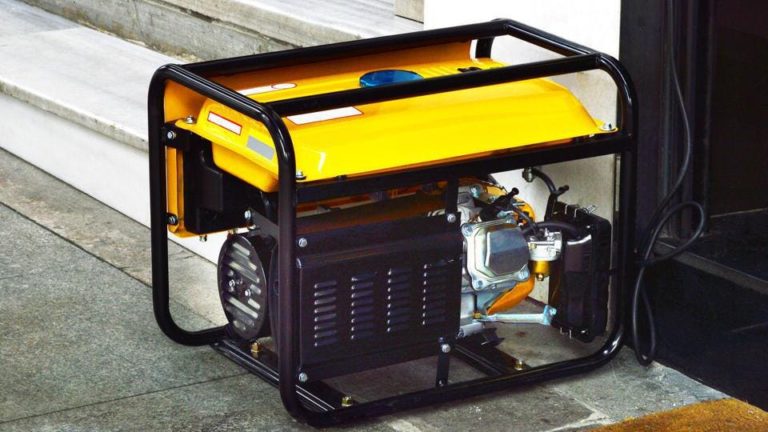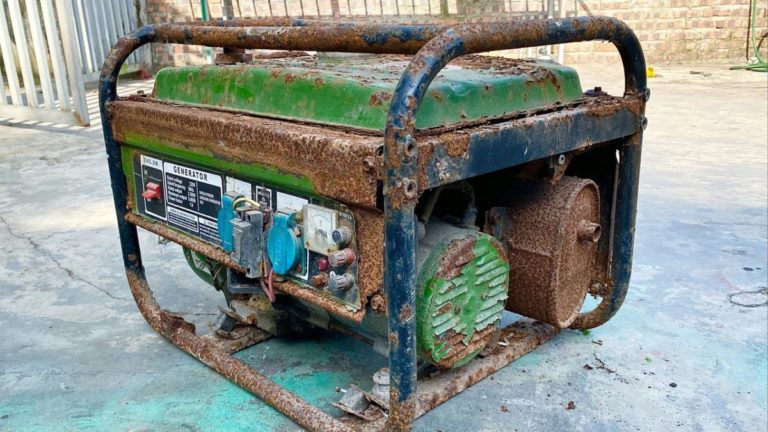Building your own off-grid solar power system can be an exciting and rewarding project that allows you to harness the renewable energy of the sun.
With the right materials, tools, and knowledge, you can create a reliable and sustainable source of electricity for your home or business, reducing your dependence on the grid and lowering your carbon footprint.
We’ll walk you through the process of designing and building an off-grid solar power system, covering everything from site selection to installation and maintenance.
Assess your energy needs
Determine how much energy you need to power your home or business, taking into account factors such as lighting, appliances, and heating and cooling systems.
First, evaluate the lighting needs of your space.
Do you need task lighting for specific areas, or do you need more general lighting to illuminate the entire space?
Next, assess the appliance load, which includes everything from your refrigerator and stove to your computers and smartphones.
Don’t forget to factor in heating and cooling systems, as these can be significant energy consumers depending on your climate and the size of your space.
Consider any specialized equipment or machinery that you may need to power, such as a restaurant’s commercial kitchen or a medical office’s diagnostic equipment.
By taking all of these factors into account, you can accurately determine your energy needs and choose the right size and type of renewable energy system to power your home or business.
Choose the right solar panels
Select high-quality solar panels that are designed for off-grid systems, with a high efficiency rating and durable construction.
When selecting solar panels for an off-grid system, it is essential to choose high-quality panels that are designed specifically for this purpose.
Look for panels with a high efficiency rating, which will maximize the amount of energy produced from the available sunlight.
High-efficiency panels typically have a higher price tag, but they will provide a better return on investment in the long run by producing more energy over the life of the system.
Choose panels with durable construction to ensure they can withstand harsh weather conditions and last for many years.
High-quality panels may have a higher upfront cost, but they will provide long-term savings and reliability, making them a worthwhile investment for off-grid solar systems.
Select a charge controller
A charge controller is essential for regulating the flow of energy from the solar panels to the battery bank. Choose a controller that is compatible with your solar panel and battery setup.
A charge controller is a critical component in any solar-powered battery charging system, as it regulates the flow of energy from the solar panels to the battery bank.
Without a proper charge controller, the battery may overcharge or undercharge, resulting in reduced performance, shortened lifespan, or even complete failure.
To ensure optimal performance and longevity of your solar panel and battery setup, it is essential to choose a charge controller that is compatible with your system.
When selecting a charge controller, consider the voltage and current ratings of your solar panels and battery bank, as well as any specific requirements for your application, such as high-speed charging or low-voltage disconnect.
Look for a charge controller that offers adjustable settings and advanced features like solar panel maximum power point tracking (MPPT) and battery temperature compensation.
Ensure that the charge controller is compatible with your battery type, such as lead-acid, lithium-ion, or nickel-based batteries.
By choosing the right charge controller for your solar panel and battery setup, you can ensure safe, efficient, and reliable charging of your batteries, maximizing the performance and lifespan of your solar-powered system.
Choose a battery bank
Select a deep cycle battery that is designed for off-grid systems, with a high capacity and long lifespan. Consider the size of your energy needs and the amount of time you need to power your home or business.
When selecting a deep cycle battery for your off-grid energy system, it’s important to choose a high-capacity battery that can meet your energy needs and provide a long lifespan.
Look for a battery with a high Ampere-hour (Ah) rating, which indicates the battery’s capacity to store electrical energy.
Consider the size of your energy needs and the amount of time you need to power your home or business.
A larger battery with a higher capacity will be able to meet your energy needs for a longer period of time.
For example, if you have a small home with basic energy needs, a 1200Ah battery may be sufficient.
However, if you have a larger home or business with more energy-intensive appliances, you may need a larger battery with a capacity of 2000Ah or more.
Moreover, it’s important to choose a deep cycle battery that is designed specifically for off-grid systems, as these batteries are built to last longer and withstand the rigors of off-grid energy storage.
Look for batteries with a long lifespan, such as those with a 10-15 year warranty.
By selecting a high-capacity, off-grid specific deep cycle battery, you can ensure that your energy needs are met for the long-term, while also minimizing the need for replacements and reducing your overall energy costs.
Include an inverter/charger
An inverter/charger converts DC power from the solar panels and battery bank to AC power for your home or business. Look for a model with a high power rating and advanced features such as automatic switchover to backup power source.
An inverter/charger is a important component in any solar-powered or battery-backup system, converting DC power from your solar panels or battery bank into AC power for your home or business.
When selecting an inverter/charger, look for a high power rating to ensure that it can handle the power requirements of your appliances and equipment.
Opt for a model with advanced features such as automatic switchover to backup power source, which allows the inverter/charger to seamlessly transition to DC power in the event of an AC power outage.
This feature ensures that your appliances and equipment remain operational, providing uninterrupted power and peace of mind.
Some inverter/chargers also come equipped with built-in battery management systems, which help to extend the life of your battery bank by monitoring and adjusting the charge and discharge rates.
By investing in a high-quality inverter/charger with advanced features, you can ensure a reliable and efficient power supply for your home or business.
Consider the wiring and circuitry
Proper wiring and circuitry are important for a safe and efficient off-grid solar power system. Ensure that all connections are secure and that there are no loose wires or damaged components.
Proper wiring and circuitry are important for a safe and efficient off-grid solar power system.
To ensure the highest level of safety and performance, all connections must be secure and free from loose wires or damaged components.
This includes connecting the solar panels to the charge controller and inverter, as well as wiring the system’s batteries and electrical loads.
It is essential to use heavy-duty cables and connectors rated for the system’s voltage and current.
All connections should be properly insulated and sealed to prevent water intrusion and ensure long-term durability.
Proper wiring and circuitry not only ensure the system’s safety and efficiency but also help prevent costly repairs and replacements down the line.
Monitoring and control systems
Monitoring and control systems allow you to track your energy usage and solar panel output, as well as control your system remotely. Consider investing in a monitoring and control system to optimize your off-grid solar power system.
Investing in a monitoring and control system for your off-grid solar power system is a important step towards optimizing your energy usage and maximizing the performance of your solar panels.
These systems allow you to track your energy consumption and solar panel output in real-time, providing you with valuable insights into your energy usage patterns.
With this information, you can make informed decisions about how to reduce your energy consumption and increase your reliance on solar power.
Many monitoring and control systems allow you to control your system remotely, giving you the flexibility to adjust your system settings from anywhere.
This can be particularly useful if you need to adjust your system during periods of high or low energy demand.
Overall, investing in a monitoring and control system is a smart decision that can help you get the most out of your off-grid solar power system.
Install a grid tie system
A grid tie system allows you to sell excess energy back to the grid, reducing your reliance on the battery bank and increasing your energy independence. Ensure that your grid tie system is compatible with your off-grid solar power system and follows all relevant safety and regulatory standards.
Installing a grid tie system with your off-grid solar power system can revolutionize your energy production and consumption.
This innovative technology allows you to sell excess energy generated by your solar panels back to the grid, reducing your reliance on your battery bank and increasing your energy independence.
With a grid tie system, you can enjoy lower energy bills and even earn revenue from selling excess energy back to the grid.
To ensure a seamless and safe operation, it’s essential to select a grid tie system that is compatible with your off-grid solar power system.
This includes selecting a grid tie inverter that is designed to work with your solar panels and batteries.
It’s important to ensure that your grid tie system follows all relevant safety and regulatory standards.
This includes compliance with local electrical codes, and obtaining any necessary permits and certifications.
Proper installation and maintenance of your grid tie system are also critical to its success.
This includes regular inspections and cleaning of your solar panels, as well as monitoring your energy production and consumption to ensure that your system is operating at maximum efficiency.
Want More? Dive Deeper Here!
Hey there! If you’re the type who loves going down the rabbit hole of information (like we do), you’re in the right spot. We’ve pulled together some cool reads and resources that dive a bit deeper into the stuff we chat about on our site. Whether you’re just killing time or super into the topic, these picks might just be what you’re looking for. Happy reading!






